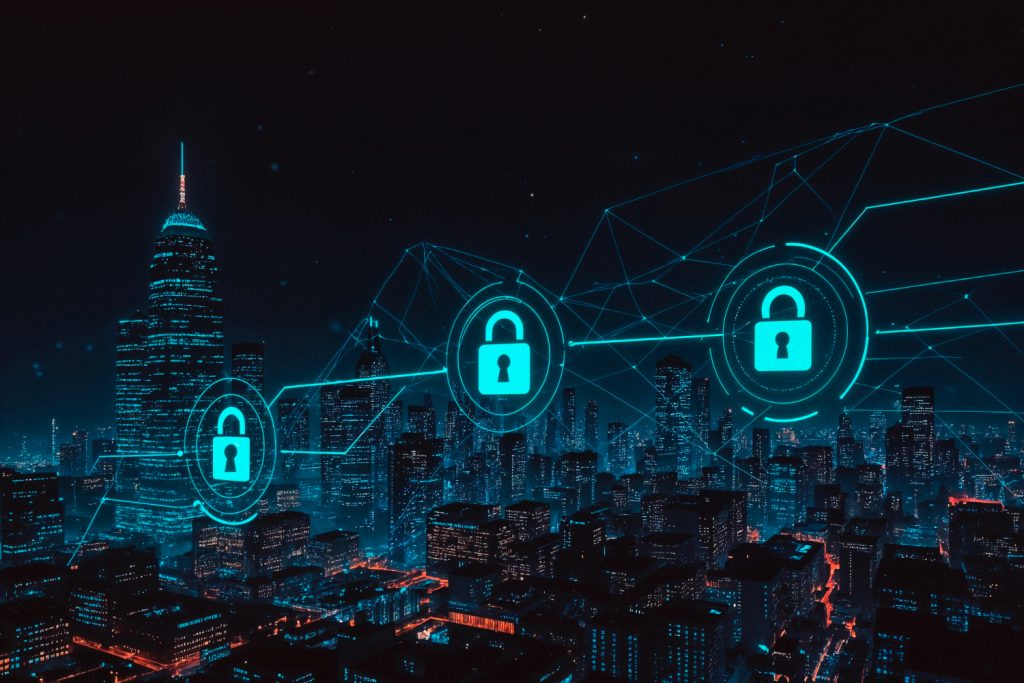
We carry many selves into the networked world-names, numbers, habits, and histories-woven into a profile that travels faster than we do. Each tap, swipe, and login adds another thread to this fabric. The result is a kind of digital double: useful, searchable, and, if left unguarded, vulnerable. Identity theft is what happens when that double is copied or coerced into serving someone else. It can be quiet-an address changed here, a password reset there-or disruptive, opening lines of credit, claiming benefits, or stepping into systems where trust is assumed. The costs are not only financial; they include time, access, and the erosion of confidence in the very tools meant to make life easier.
Cybersecurity is the discipline of setting boundaries for this digital self. It is indeed less a fortress than a system of doors, keys, and alarms, built to balance convenience with control. It spans code and policy, habits and hardware, aiming to reduce risk in a surroundings where threats adapt as quickly as the technology that enables us. This article maps that terrain. It examines how modern identities are assembled and attacked, why theft persists, and which layers of defense-personal practices, organizational design, and emerging standards-can most effectively guard the self without locking out the benefits of a connected life.
The New Anatomy of Identity Theft From Data Brokers Phishing SIM Swap and Deepfake Impersonation
Identity crime now behaves like a supply chain: data points are harvested, weaponized, and staged across multiple channels before the final strike. Vast data broker dossiers-addresses, breach crumbs, device IDs, family ties, even purchase habits-seed precise pretexts that make phishing feel eerily familiar. A successful lure can yield session tokens and password resets; a SIM swap elevates the breach by intercepting SMS codes; a polished deepfake voice or face seals credibility in real time. The novelty isn’t any single trick-it’s their choreography, where automation, breached data, and AI minimize friction and maximize trust.
- Harvest: Brokered dossiers, breach leaks, public profiles.
- Bait: Hyper-personal spear-phishing and MFA fatigue.
- Hijack: Number porting and SIM swaps to capture OTPs.
- Impersonate: AI voice/video to override doubt.
- Cash Out: Account takeover, instant loans, crypto drains.
A resilient posture mixes minimization and verification: reduce your data footprint with broker opt-outs, masked emails, and virtual cards; replace passwords and SMS with passkeys or hardware keys; set a carrier port-out PIN and account locks; verify unusual requests via a separate channel and a shared challenge phrase. Organizations can cut blast radius with least privilege, FIDO2 enrollment, eSIM transfer controls, number-port alerts, and staged approvals that require out-of-band confirmation. When trust can be synthetically rendered, make it procedural-something a deepfake can’t improvise on demand.
| Vector | Red Flag | Fast Defense |
|---|---|---|
| Data Brokerage | Perfectly Personal Pretexts | Opt-outs, Aliases, Virtual Cards |
| Phishing | Lookalike Domains, Urgency | Passkeys, Typed URLs, Email-only Resets |
| SIM Swap | No Service, Sudden 2FA Prompts | Port-out PIN, Carrier Lock, Authenticator App |
| Deepfake call | Unusual Timing or Asks | Call Back on Saved Number; Challenge Phrase |
| Deepfake Video | Stilted Motion, No Micro-delays | Liveness Checks; Known-code Phrase on Camera |
Final Thoughts…
Guarding the self is less a single lock than a set of living habits. Identity travels as fragments-numbers, patterns, traces-and so protection becomes a practice: minimizing what we share, verifying before we trust, updating what we depend on, and backing up what we can’t afford to loose. The landscape shifts; our posture adjusts. No system will be flawless, and no person should carry the burden alone. Institutions, platforms, and policymakers shape the rules of the road, while each of us keeps our own headlights clean. Small choices compound: a second factor here, a password manager there, a moment’s skepticism before a click. These are not acts of paranoia but of maintenance, like locking the door behind you as you value what’s inside. If the network is a commons, identity is the path we walk through it. Guarding it is continuous, quiet work-less dramatic than a breach, more durable than a headline. We won’t eliminate risk; we can reduce its grip. And that is enough to keep moving forward, intact.